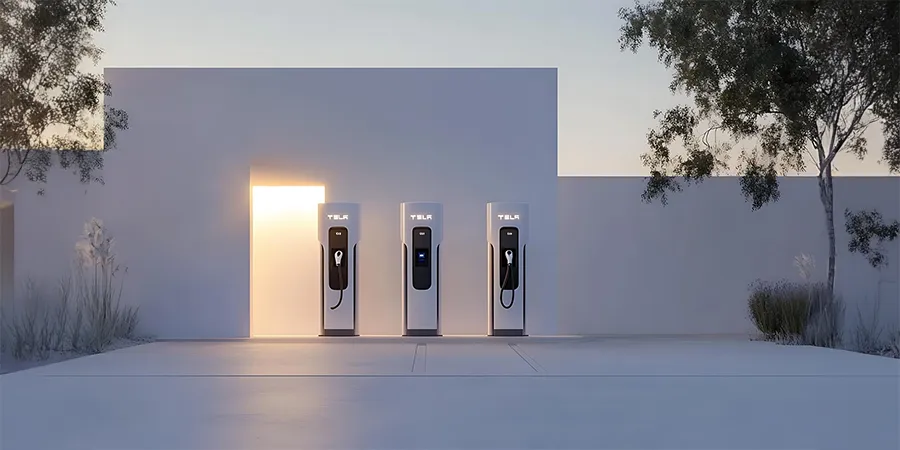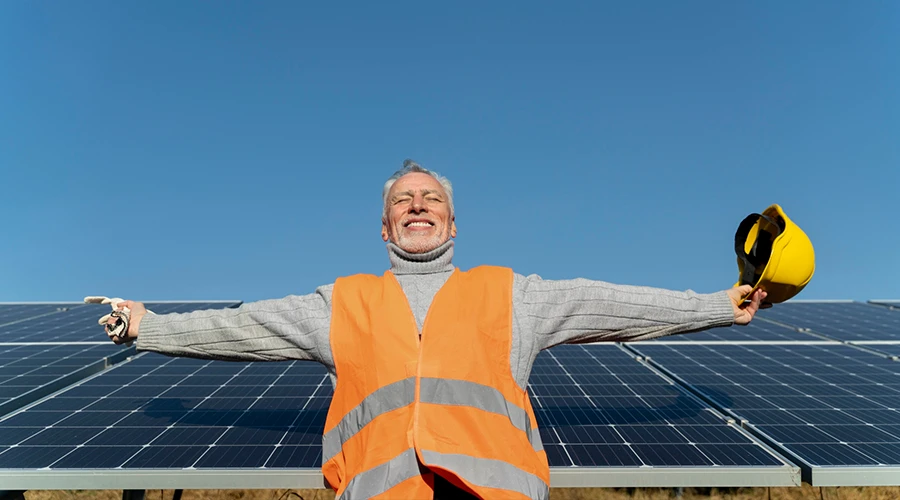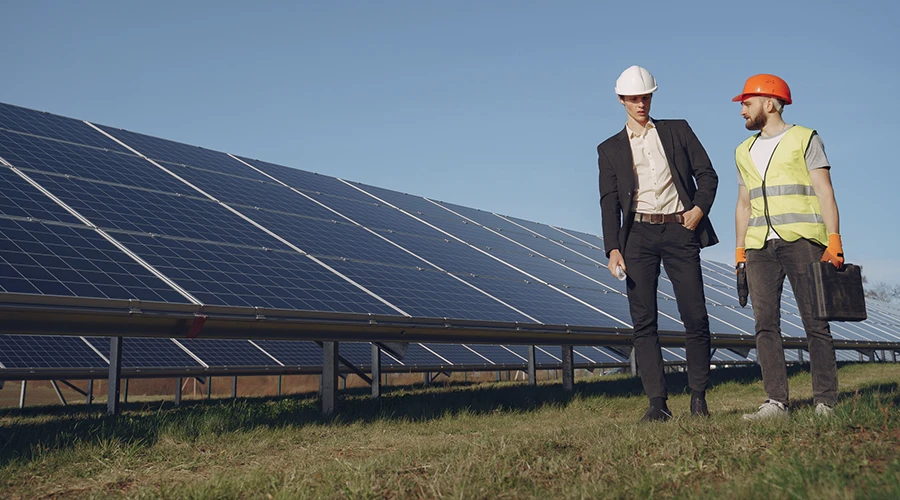Tesla’s Powerwall Just Leveled Up — But Should You?
Tesla has officially released the Powerwall 3 in Australia, and if you’ve been considering home battery storage on the Sunshine Coast, you’re probably wondering:
- Is it worth waiting for the Powerwall 3?
- Should I stick with the trusted Powerwall 2?
- What are the real differences… not just on paper, but in day-to-day performance?
- Should I trade up to the Powerwall 3 (and get rid of my Powerwall 2)?
Let’s break it down in a way that’s actually helpful for Queensland homeowners. This is especially for you if you already have solar installed (or are planning to go solar soon).
Tesla Powerwall 2 vs 3 Australia: Key Specs at a Glance
| Feature | Powerwall 2 | Powerwall 3 |
| Battery Capacity | 13.5 kWh | 13.5 kWh |
| Peak Output (kW) | 7 kW | 11.5 kW |
| Integrated Inverter | ❌ No | ✅ Yes (hybrid inverter built-in) |
| Solar Compatibility | AC-coupled only | DC-coupled AND AC-coupled |
| Expandable | Up to 10 units | Stackable (up to 40.5 kWh in one unit) |
| Installation | More complex (needs external inverter) | Cleaner install with built-in inverter |
| Availability | Widely available | Limited stock, 2025-wide rollout |
| Price (approx. installed) | $13,000–$15,000 | $15,000–$17,000 (est.) |
So, What’s Actually Better About Powerwall 3?
Here’s what Tesla really improved with the Powerwall 3, and why it matters:
1. Powerwall 3 Has More Power Output
The Powerwall 3 can deliver 11.5kW continuous output, compared to 7kW on the Powerwall 2.
Translation? It can run more of your home at once. It can cope with high-demand appliances like ducted air con, ovens, or EV chargers.
2. Built-in Hybrid Inverter
The new version includes a hybrid inverter, which means:
- It accepts solar DC power directly, and reduces conversion losses
- There is no external inverter needed, which saves on install time and wall clutter
- Less hardware = better aesthetics and simpler servicing
3. Future-Proof System Design
With stackable expansion and flexible solar input options, Powerwall 3 is designed for growing homes and EV ownership. You can upgrade or expand without redoing the entire system.
Should You Upgrade, or Should You Wait?
That’s hard for me to say as it depends on where you’re at:
If You Already Have Powerwall 2
Keep it. It’s still a solid battery with strong performance, and Tesla will continue to support it. There’s no need to ditch it unless you’re upgrading your entire system or need more output.
If You’re Installing a New Battery
Ask yourself:
- Do I need more than 7kW output?
- Do I want to future-proof my system?
- Do I prefer a cleaner install with fewer boxes?
If you answered yes, then the Powerwall 3 could be worth the wait, if you can get stock.
Stock Warning
Powerwall 3 availability was limited in Australia until early-to-mid 2025, so just check when you speak to your installer. Depending on your outcomes, your future needs, if you need extra battery storage now to say, offset high bills or reduce blackout risk, the Powerwall 2 is still a great choice. When you call us, we’ll walk you through the justifications for whether you should choose one or the other.
Can I Add a Powerwall 3 to My Powerwall 2?
Short answer: No, not in the same battery chain.
Powerwall 2 and Powerwall 3 are not compatible with each other in a stacked or daisy-chained setup. Tesla has confirmed that they use different inverters and energy management systems, which means they can’t be mixed in the same configuration.
However, it is possible to have both units installed on the same property, but only as long as they operate independently. This requires:
- A custom installation
- Separate circuit or load management
- Careful system design by an experienced installer
Pro tip: Here’s our take: If you’re planning to expand your system, it’s best to choose one model and stick with it. Either choose to stack more Powerwall 2s now, or install Powerwall 3s and build a new chain.
Which Is Better for Sunshine Coast Conditions?
Both units are fully compatible with Queensland’s weather conditions including heat, humidity, storms, and all. But there are some Sunshine Coast-specific considerations:
| Concern | What to Choose |
| Blackouts & Grid Outages | Powerwall 3 (more backup output) |
| High Daytime Usage | Powerwall 3 (runs more appliances) |
| Budget-Focused Install | Powerwall 2 (more available, often cheaper) |
| New Home or Solar System | Powerwall 3 (cleaner design, hybrid inverter) |
Why SWIFT Recommends Tesla for Battery Storage
SWIFT Solar and Electrical has installed both Powerwall 2 units and emerging Powerwall 3 setups across the Sunshine Coast… and here’s what you need to know:
Both are good. It’s not a matter of “bad vs good”, but good vs future-ready.
The Powerwall 3 is a meaningful evolution for households that:
- Are building or renovating
- Have 3-phase power and want higher loads covered
- Want seamless integration with solar
- Want one brand for battery, inverter, and app
Summary: Powerwall 2 vs 3 — Quick Checklist
| Question | Your Answer | Our Recommendation |
| Need power backup now? | Yes | Powerwall 2 |
| Willing to wait for newest tech? | Yes | Powerwall 3 |
| High energy usage or 3-phase power? | Yes | Powerwall 3 |
| Tight budget or fast install? | Yes | Powerwall 2 |
| Want integrated system with fewer boxes? | Yes | Powerwall 3 |
Still Not Sure? Let’s Talk
The Powerwall 3 rollout is exciting — but it’s not right for everyone right now.
If you’re unsure whether to wait, upgrade, or install now, give SWIFT a call on 04022 251 734.
We’ll assess your home, usage, solar setup and talk you through the best-fit battery for your home, not just the newest one.
Or book your quote online — we’re Sunshine Coast locals who believe in clear, honest advice backed by real experience.



